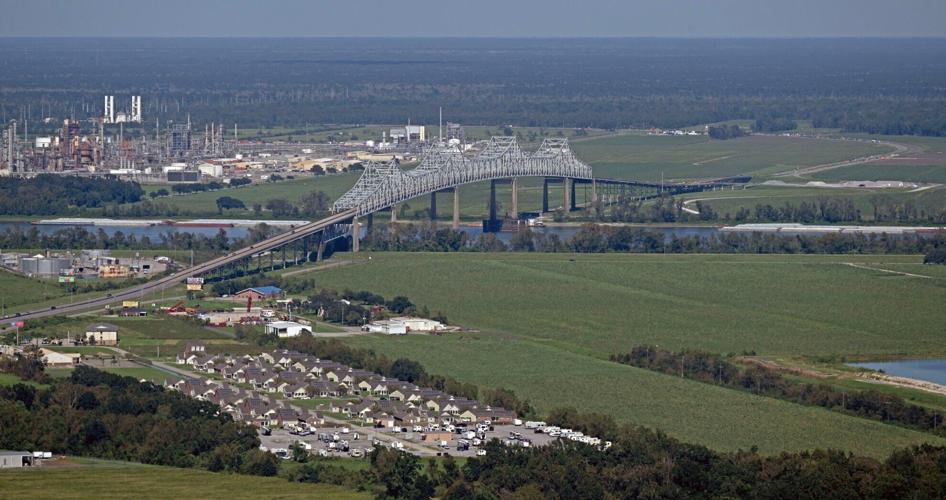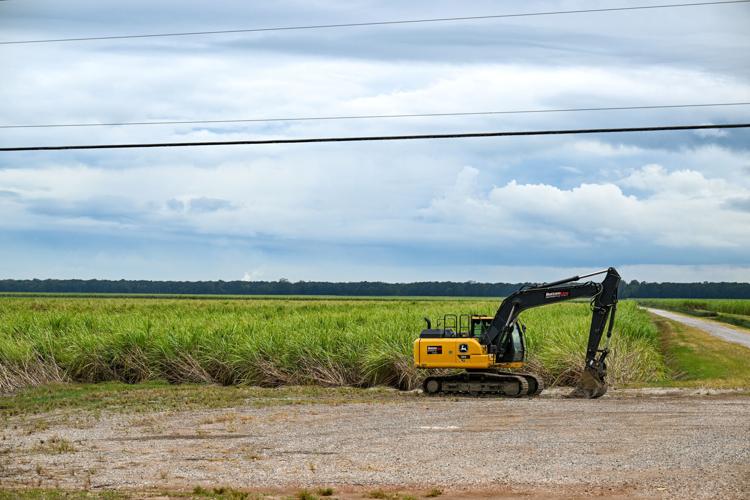A hearing is scheduled for Thursday night on draft permits for a proposed ammonia facility on the west bank of Ascension Parish, which if approved would produce 7.2 million tons of the chemical annually.
Clean Hydrogen Works has submitted plans for the plant, which would be situated on a 1,700-acre site between Donaldsonville and Modeste. The project is backed by ExxonMobil, Japanese Mitsui O.S.K. Lines and Singapore-based Hafnia.
The draft permit, if approved by the Louisiana Department of Environmental Quality (LDEQ), will allow the facility to release around 399,000 tons of greenhouse gases and set upper limits on toxic air pollutants. These include a permitted annual release of some formaldehyde, which the presents an āunreasonableā risk to health.
But in its application materials, Clean Hydrogen Works argues its facility will emit far fewer emissions of formaldehyde and other chemicals than similar facilities. The company also touts the job investments, with an estimated 350 permanent positions and 1,500 construction jobs.
Several companies āĀ including Hyundai and CF Industries āĀ plan to construct large industrial facilities in the same region, which 2023 census estimates say has a poverty level of around 32%.
The hearing will begin at 6 p.m. at the Lemann Memorial Center Gymnasium at 1100 Clay St. in Donaldsonville, according to the public notice.
Here are some takeaways from the 733 pages of application materials:
Formaldehyde release
The draft permit allows an annual release of 1.79 tons of formaldehyde, which the EPA said presents an āunreasonableā risk to human health and must be regulated.
The EPAās risk mapping tool estimated that as of 2020, the incremental lifetime cancer risk from formaldehyde in the area where the facility is planned is 1 in 41,000. This means that in 41,000 people who are continuously exposed to a certain level of formaldehyde over 70 years, one person may develop cancer on top of any other cancer risks from other sources.
Some risks in the area may also be due to ethylene oxide emissions, according to the agencyās tool.
In its December announcement, the EPA stated that workers in facilities that make or use formaldehyde face the highest risk. A few months before that, it determined that inhaling formaldehyde causes certain cancers in humans, along with other health effects.
For a lifetime exposure to 1 microgram of that chemical, the EPA said the upper-bound estimate is that it would cause 1.1 additional cancer cases in a population.
For its part, Clean Hydrogen Works said its formaldehyde release will be far below traditional ammonia facilities.
āA similarly sized facility producing ammonia using conventional means would typically ā¦ have annual formaldehyde emissions of approximately 1,900 tons per year,ā the application stated.
āDue to CHWās use of a fuel having a high hydrogen content, formaldehyde emissions from the ā¦ facility are reduced by greater than 99% when compared to conventional ammonia production processes, thus reducing any cancer risk significantly.ā
Carbon capture plans
In 2023, Ascension Parish ranked as the 11th highest parish or county in the nation with facility greenhouse gas emissions, with EPA data showing a total of 16,874,754 metric tons.
Human-caused greenhouse gases contribute to climate change, which scientists expect to cause sea level rise and more flooding in Louisiana. Clean Hydrogen Worksā draft permit will allow the annual release of 399,633 tons of greenhouse gases, approximately equivalent to the emissions released from 84,500 cars in one year.
The facility plans to use carbon capture technology, which it says will capture up to 98% of the facilityās carbon dioxide emissions. After capturing the carbon dioxide, the facility plans to transport it through pipelines and store it deep underground.
The company estimated that the plant will release 2.6 million tons of carbon dioxide annually, adding that if it used the industry standard of ammonia production, it would release around 25 million tons annually.
āThus, the facility is addressing the global demand for ammonia with a greatly reduced carbon footprint and a lower impact on climate change,ā it stated in the packet.
Comments on the permit can also be submitted via mail or email to LDEQ until 4:30 p.m. May 5.


